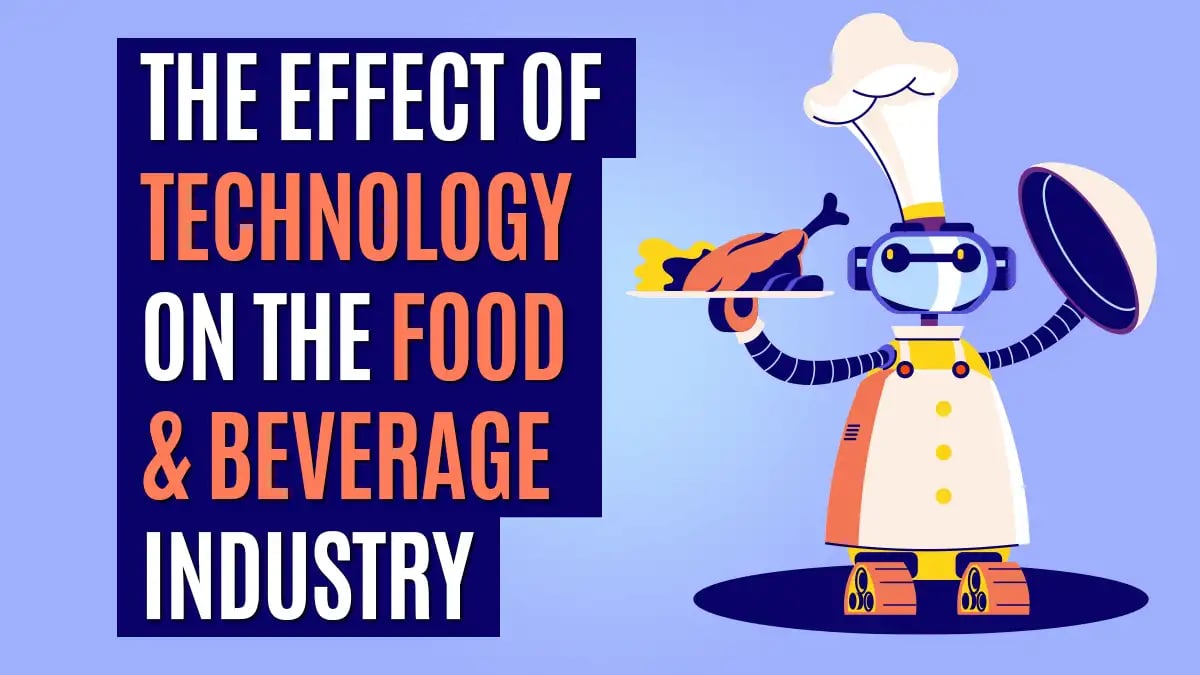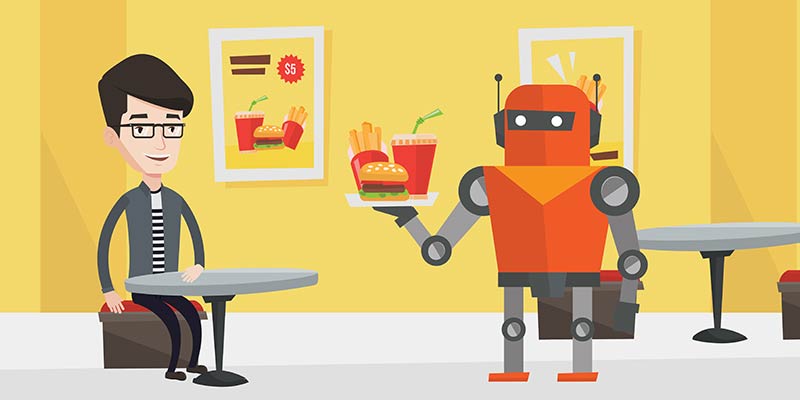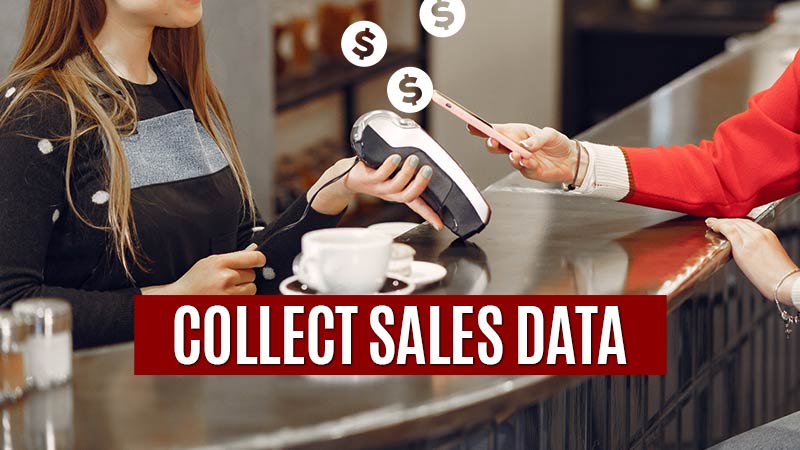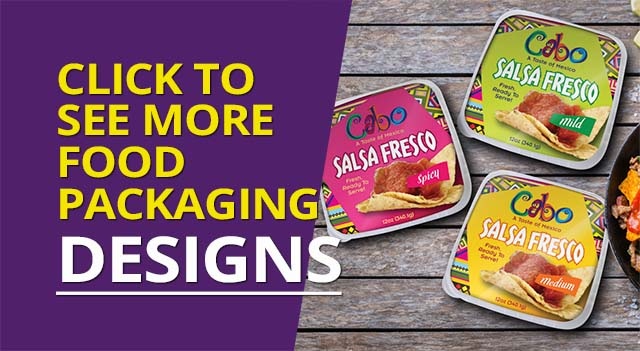
Technology has touched every aspect of life, including the food and beverage industry. High-tech solutions in business aim to save money, deliver goods and services more efficiently to consumers, and improve the overall customer experience. Keep reading to find out how technology has revolutionized the F&B industry.
Effects of Technology in F&B
There are thousands of subtle ways that technology has crept into all areas of life. Many we take for granted, and some are more overt. Some of the ways that technology has impacted the food and beverage industry are:
Consumers Have Access to Food Information/Transparency
With everything stored online, consumers have access to more information about the foods they eat. For example, digital menus and brochures let the customer browse online before visiting a restaurant. Along with the description of their meal, they can also find complete nutritional facts and ingredients. This new level of transparency builds brand trust and credibility. In addition, specialized apps offer suggestions about where to eat out and provide customer reviews so that patrons can enjoy the best restaurants in their area.

Service Robots/Restaurant Digitization
By now, everyone has seen the ads on TV showing a robot racing to deliver hot food. Robots and AI are not the only ways that technology has influenced the F&B industry. Many restaurants now have digital menus at each table, allowing customers to review and order food without the need for a waitperson. Following the meal, they can use the same digital tablet to pay for their food.
Many restaurants now have digital menus at each table, allowing customers to review and order food without the need for a waitperson.
All this connectivity doesn’t come without risks. We can’t go a day without seeing another data breach or ransomware attack on the news. As a food service vendor, it’s your job to keep your company, employees, and customers safe, and that includes safeguarding their information as they use your technology. Some of the ways restaurants and other food service companies do this are:
- Good strong antivirus software running on all devices.
Enabling two-factor or multi-factor authentication (2FA/MFA) on all online accounts. - Network monitoring software to ensure that no one intercepts data or gains access to your systems.
- Strict zero-trust and password policies for all devices.
- Use an email address lookup to verify the sender of an email before clicking any links or providing information to vendors, customers, or corporate executives.
- Keep good backups off-site in case you need to restore everything quickly.
- Make cybersecurity a priority and hire forensic experts to audit your systems and pinpoint any weak areas or vulnerable hardware.
- Keep all systems updated with the latest security patches.
- Educate all employees on cybersecurity best practices. Pay particular attention to phishing emails and social engineering tactics.
- Consider purchasing cybersecurity insurance to pay if a hacker encrypts your data with ransomware.
- Physically secure your hardware.
- Review network access and limit to a need-only basis.
- Encrypt all online and in-house data.
- Commit to a security-focused environment and get everyone on board.
- Train staff to never reuse passwords and only use long, strong ones made up of a combination of letters (both upper and lower case), symbols, and numbers.
- Install the most robust firewall you can and set all security to maximum settings.
Although technology has improved many aspects of life, it can also present unexpected challenges. The key is to educate all staff members about these issues and know precisely how to respond to keep everyone safe.

Track Sales Data in Real-Time
Because cash registers and online orders are all connected to digital resources, restaurant owners and food service providers can track sales in real-time. There are no receipts to count, nothing to tally, and no spreadsheets to fill out. Everything is connected digitally, allowing seamless integration between all revenue streams. The quick access to information allows business owners to make quick and efficient decisions about changes to improve customer service or quality. Big data is changing the world and the way we operate and its effect on the F&B industry is dramatic.
Quick access to information allows business owners to make quick and efficient decisions...
Ordering and Delivery Options
Customers can now place orders in a few ways. Most food vendors offer a website or mobile app so they can order food wherever and whenever they want. The option of calling in food orders is still on the table. The delivery options have also expanded. Food delivery services and robots offer delivery options making ordering out more effortless than ever before. Although there is far less interaction with other people, restaurants save a lot of money by automating ordering and delivery tasks.
Food delivery services and robots offer delivery options making ordering out more effortless than ever before.
Convenience and Health Precautions
Anyone who has food allergies or dietary restrictions can now order food easier with confidence. Access to so much information online ensures their order will be prepared with their specific needs in mind. In addition, they can find out precisely what is in each prepared dish before making their choice, allowing them to eat healthier and stay on track with their diet.

Less Waste/Enhanced Agriculture
The agriculture industry has also benefited from technology that monitors soil samples and decides when plants need water or other nutrients. Some of the innovations include vertical farming, precision agriculture, and drones that help increase farming output and meet the growing needs of society.
Targeted Ads and Customer Retention
The food and beverage industry has embraced data analytics and cloud computing to predict customer behavior and drive business decisions. When owners know exactly what their customers are doing, their preferences, and who their customer is, they can make pinpoint decisions about growth and expansion reaching a specific target market.
All the consumer data they collect can help marketers target ads to reach a particular audience
All the consumer data they collect can help marketers target ads to reach a particular audience and make personalized offers through text or email. Technology helps not only to increase sales but also improve marketing strategy and expand market reach. The use of social media can drastically improve sales because the audience is already there.
There is no doubt, technology has revolutionized the restaurant industry, but this is not the end. As innovations emerge, we will continue to see more digital options, hopefully, an improved customer experience, and further advances that help streamline the industry for both owners and the consumer.
You may also be interested in these related articles:
10 Essential Things You Need to Consider When Designing Appealing Food Packaging
What To Expect From Working With A Point Of Purchase Display Company
The 8 Most Important Marketing Metrics for Your Business (And How to Improve Them)
 Author Bio:
Author Bio:
Emily Andrews is the marketing communications specialist at RecordsFinder, an online public records search company. Communications specialist by day and community volunteer at night, she believes in compassion and defending the defenseless.


